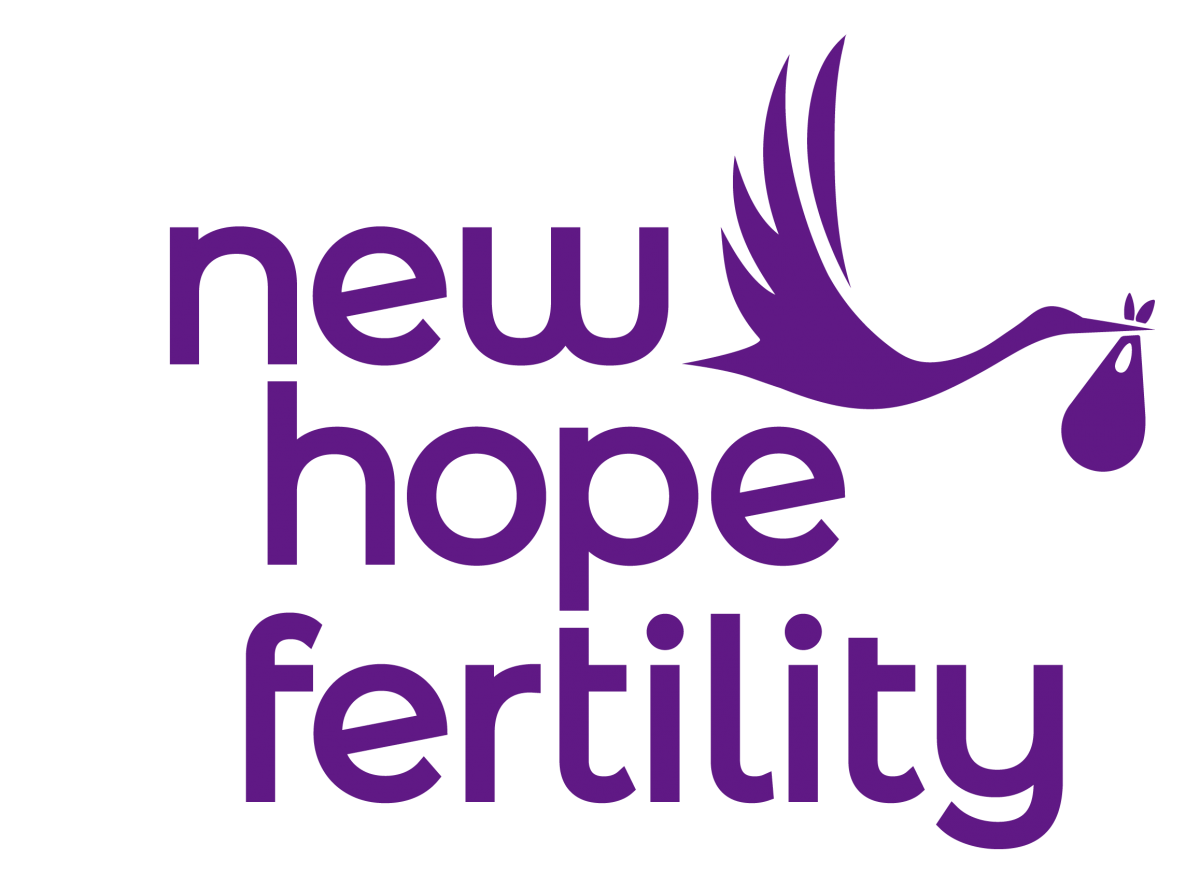UNDERSTANDING IVF SUCCESS RATES

See preliminary IVF success rates for New Hope Fertility Center published in the CDC website.
At New Hope Fertility Center, we are dedicated to our patients and strive to provide the best IVF possible. We offer IVF without the high dose of drugs and the stress related to high-dose hormone therapy. We don’t refuse care to patients because of their age, FSH levels, or number of follicles (potential eggs) produced each cycle. New Hope Fertility Center is your best choice for customized, natural and successful IVF.
It isn’t easy to determine which fertility clinic is right for you. If you are in the process of selecting a fertility center, then it is important to look at clinic IVF success rates and birth rates–you can find them on the CDC website. However, this isn’t necessarily going to tell you which fertility clinic is “the best.” In fact, these numbers are very hard to figure out. They vary widely based on the patient population and the difficulty of fertility cases that each fertility center handles. IVF protocols and medication recommendations are particular to each doctor, and in the best clinics like New Hope Fertility Center, particular to each unique patient. New Hope Fertility Center specializes in Natural Cycle, Mini-IVF™ treatments, and promotes single-embryo transfers (to reduce risks associated with multiple births)
Official sites and most centers will tell you NOT to use the official numbers to determine the quality of a clinic. It isn’t always apples to apples, and there is no good way to compare one fertility center against another.
From The SART website: “Accurate and complete reporting of ART success rates is complicated. Clinics may have differences in patient selection, treatment approaches, and cycle reporting practices which may inflate or lower pregnancy rates relative to another clinic. This report is best understood in consult with your physician.”

Nevertheless, you must have some official criteria to compare your options. It is a modern trend that more and more fertility clinics are doing frozen embryo transfers. In fact, New Hope Fertility Center has been recommending FETs since 2004 as it allows for more flexibility and laboratory options, ultimately giving you a higher chance of conception. So, one good way to assess a clinic like New Hope Fertility Center is by asking, what chance do I have of becoming pregnant from a frozen IVF cycle
Becoming pregnant isn’t the main goal however. Another important consideration would be the chance of having a healthy, live birth baby. These numbers are always lower than pregnancy rates, and are also very telling. In the end, fertility success rates aren’t everything because every patient is different. Within each treatment, you might have options that can increase your personal success rate. PGS/NGS are genetic screening tests that allow embryologist to select the best embryos for transfer. This means that you may choose the embryo that is most likely to succeed, and start with that.
Our vitrification freezing method is superior to conventionally employed cryopreservation techniques. Additionally, we typically only freeze blastocyst embryos, which have a 40% greater chance of pregnancy than Day 2, Day 3, or Day 4 embryos (which we often use in our fresh embryo transfer cycles).
If you are over 42, it is important to understand that some conventional IVF clinics deny treatment to women your age because they produce fewer eggs, even with high doses of IVF drugs. When clinics do accept women in this age bracket, they accept only those who have FSH levels and other “ideal IVF candidate” criteria similar to younger women. Many women denied conventional treatment turn to New Hope Fertility Center.
Our One-Good-Egg Policy welcomes women who have been denied treatment due to age or FSH level. Our success data often skews downwards because the eggs of women 39-plus years old are often of lower quality and are less likely to produce a live birth.
In the end, you should be sure to ask each fertility center you are considering what changes have been made in the past year and their policy on embryo transfers. All success rate data is outdated by about 18 months by the time it is published. And science, at the end of the day, can only help conception up to a point. The difficulty level of each patient is different and there are no regulations against turning away “long shot successes”. But by whatever metric you are using to rate fertility centers, please select the one that you feel most comfortable with.


